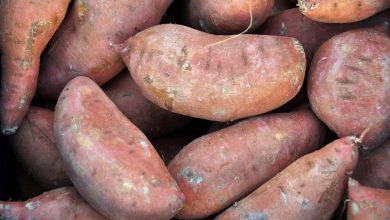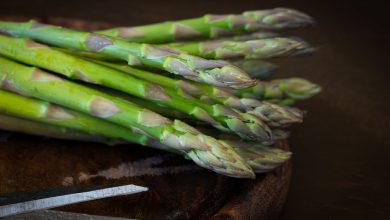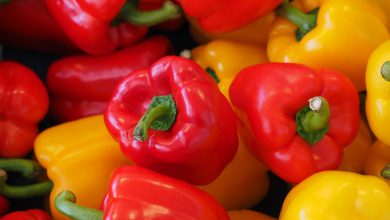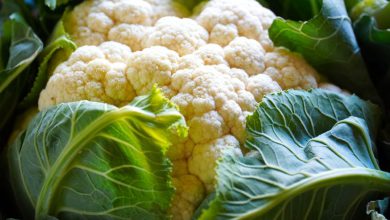Can Bearded Dragons Eat Romaine Lettuce?
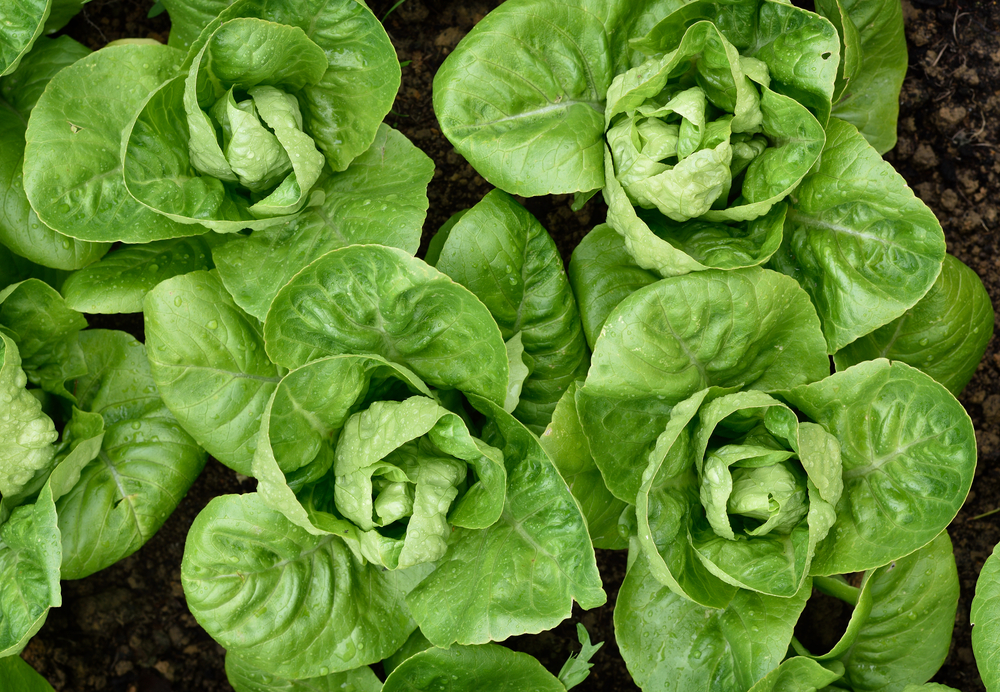
While there are many different types of lettuce available to grow or buy, in this article we’re going to focus on only one. This is the romaine lettuce, sometimes alternatively known as the cos lettuce.
In many ways it’s the “classic” lettuce, popular for salads, sandwiches or for including in a burger. But the primary question here is whether it’s equally popular with bearded dragons?
Bearded dragons can eat romaine lettuce.
It is a low calorie, high protein food that can make a useful part of your bearded dragon’s diet. The only real downside to feeding romaine lettuce to your bearded dragon is its excessively high water content, which means nutrients are few and far between.
How Often to Feed Romaine Lettuce To a Bearded Dragon

Romaine lettuce can be fed regularly to your bearded dragon, though only in small amounts. It is acceptable to make it a near-daily part of their diet, so long as it is supplemented with other, more nutritious vegetables and fruits.
According to the US Department of Agriculture romaine lettuce is 95% water. This means that only 5% of the lettuce you feed your beardie will have other valuable nutrients in. For this reason it is a bad idea to feed only romaine lettuce to your bearded dragon.
Instead, it should form just one part of a varied and balanced diet, ensuring other foods offered help to make up for the nutritional deficiencies of romaine lettuce.
There have been cases in the past where excessive romaine lettuce consumption has led to diarrhea. It is believed this is related to the high water content. If you notice obvious changes to your bearded dragon’s “output” after feeding romaine lettuce, consider reducing the volume and frequency of use.
Nutrients Found in Romaine Lettuce
Romaine lettuce may be mainly water, but don’t think this foodstuff is entirely without benefit for your bearded dragon. Indeed, dig a little deeper and you find quite a few vitamins and minerals, not to mention other advantages.
So let’s start with the vitamins. Romaine lettuce contains healthy amounts of vitamin A (useful for healthy eyesight), folate and vitamin K.
Vitamin K is particularly valuable to reptile keepers, because it acts alongside calcium and vitamin D to help strengthen the bones. It essentially “tells” the calcium where to go, pushing it into the skeleton. Without sufficient vitamin K, no amount of calcium will be guaranteed to guard against Metabolic Bone Disease (MBD), which can be rife in captive bearded dragons.
Another useful benefit of feeding romaine lettuce to bearded dragons is the minerals it provides. Notable among these are iron (essential for healthy red blood cells), magnesium and potassium (both of which contribute to skeletal health).
But there’s more. Romaine lettuce has a decent amount of fiber in it, helping to maintain gut health. It also offers relatively high levels of beta carotene, a natural antioxidant that can protect the body from oxidative damage.
One final benefit worth noting is that romaine lettuce is relatively high in protein. Roughly 17% of the calories from romaine lettuce is protein, so this can be a particularly useful foodstuff for growing beardies.
Oxalic Acid Levels in Romaine Lettuce
Romaine lettuce has little or no oxalic acid.
This is useful because oxalic acid can negatively impact the absorption of calcium in the body. Think of oxalates “competing” with calcium in the body; the less oxalic acid, the more calcium can be absorbed from the diet and used to build strong, healthy bones. Foods low in oxalic acid, like romaine lettuce, therefore offer real value to keepers of diurnal lizards like bearded dragons.
Calcium:Phosphorus Ratios in Romaine Lettuce
While it’s great that oxalic acid levels are very low in romaine lettuce, a further consideration is just how much calcium it offers in the first place. After all, low oxalic acid levels mean very little if the foodstuff itself has little to no calcium.
Romaine lettuce contains just 1% calcium.
Romaine lettuce has a calcium:phosphorus ratio of 1.1:1.
This is considered quite low. The ideal ratio for bearded dragons is 2:1.
So we can conclude that romaine lettuce has too little calcium, and too much phosphorus.
While this doesn’t completely rule out lettuce from your bearded dragon’s diet, it does mean that it should be fed only sparingly. When feeding romaine lettuce consider supplementing the meal with a good quality, reptile-safe calcium powder. Alternatively, combine it with other foods known to contain more calcium, such as parsley or cabbage.
Reasons Not to Feed Romaine Lettuce To Your Bearded Dragon
Romaine lettuce is not the worst food you can feed your bearded dragon, but it’s a long way from being the best.
As we’ve seen in this article, romaine lettuce offers very little in terms of nutrition, though it can be useful for rehydrating a bearded dragon. It is generally considered low in calcium, so supplementation is likely to be required if it is regularly fed.
Lastly as we’ve discussed, the excessive water content can lead to digestive troubles for some bearded dragons, especially younger specimens, so feed only in moderation and be sure to monitor how your beardie responds.
How to Prepare Romaine Lettuce for Your Bearded Dragon
Romaine lettuce should be fed as fresh as possible. Don’t feed your bearded dragon your cast-off old lettuce. Avoid anything going brown or droopy. No, you want to only feed crisp, juicy, fresh lettuce to your bearded dragon.
Start by thoroughly washing the lettuce under running water. Lettuces are well-known for causing tummy upsets due to pesticide residues. Giving it a rinse helps to remove any chemicals from the surface.
Next gently dry the lettuce, in a salad spinner or by patting with some kitchen towel.
Romaine lettuce is generally best chopped into pieces, where it’s easier for your bearded dragon to eat. It should also be mixed with other higher-protein foods, and ideally the whole meal should be dusted with a calcium supplement.
Romaine lettuce can quickly spoil in the heat of a bearded dragon vivarium, so remove any uneaten lettuce soon after feeding. This is not a food you’ll want to leave sitting around for days on end, or you’ll be at risk of some serious stomach upsets for your lizard.
